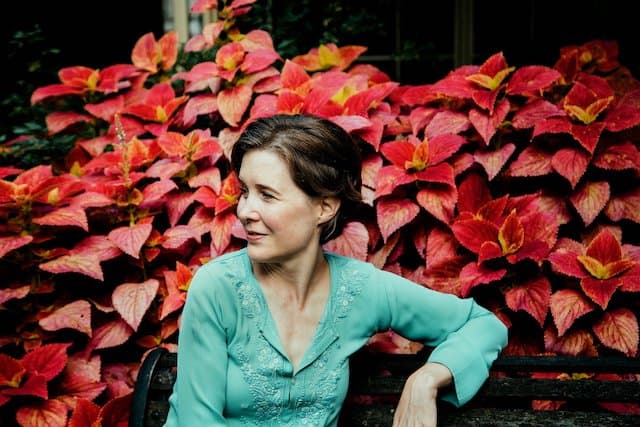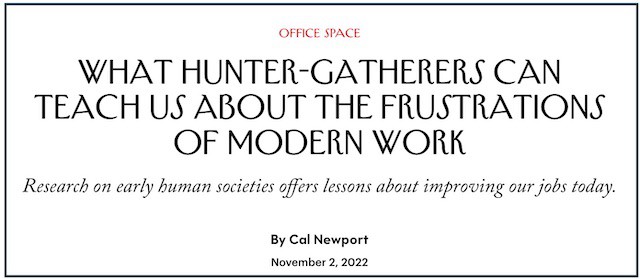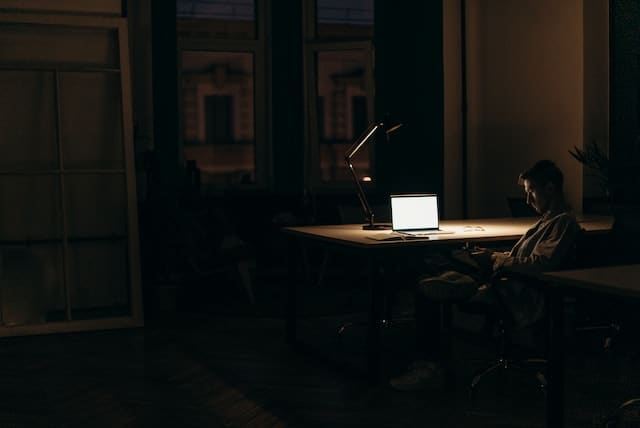Back in 2019, when I was on tour for my book, Digital Minimalism, I chatted with more than a few parents. I was surprised by how many told me a similar story: their teenage children had become fed up with the shallowness of online life and decided, all on their own, to deactivate their social media accounts, and in some cases, abandon their smartphones altogether.
Ever since then, when an interviewer asks me about youth and technology addiction, I tend to adopt an optimistic tone. “We’re approaching a moment in which not using these apps will be seen as the authentic, counter-cultural move,” I’ll explain. “We don’t need to convince teenagers to stop using their phones, we just need them to discover on their own just how uncool these online media conglomerates, with their creepy geek overlords, really are.”
According to a recent New York Times article that many of my readers sent me, we might finally be seeing evidence that this shift is beginning to pick up speed. The piece, written by Alex Vadukul, and titled “‘Luddite’ Teens Don’t Want Your Likes,” chronicles a group of Brooklyn high school students who formed what they call the Luddite Club, an informal organization dedicated to promoting “a lifestyle of self-literation from social media and technology.”







